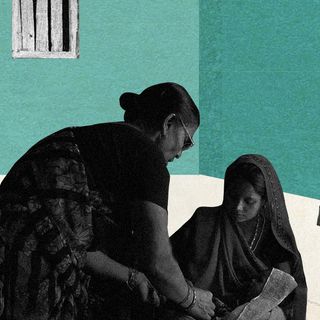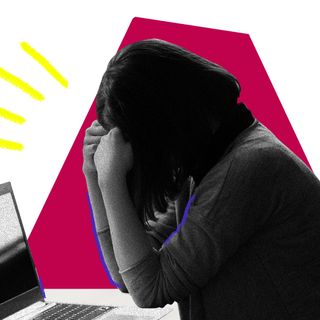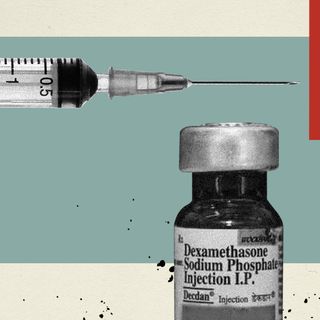Cardiovascular conditions like heart disease and stroke presently account for 35% of deaths in women worldwide — and yet, data on how they affect women is severely lacking, a Lancet report says, pushing for more gender-specific research on the subject.
“Cardiovascular disease in women remains understudied, under-recognized, underdiagnosed, and undertreated,” it states. With cardiovascular disease being the “leading cause of death in women globally,” delayed diagnoses can turn fatal. According to the report, India has witnessed a 3% rise in cardiovascular diseases in women since 1990.
Over the years several studies have reached a similar conclusion. “Our findings suggest a gender gap in the first evaluation of chest pain, with the likelihood of heart attack being underestimated in women,” Dr. Gemma Martinez-Nadal of the Hospital Clinic of Barcelona, Spain, who recently co-authored a study on medical professionals failing to diagnose heart attacks in women, told the press. “Low suspicion of heart attack occurs in both women themselves and in physicians, leading to higher risks of late diagnosis and misdiagnosis,” she added.
According to Dr. Martinez-Nadal, the reason for the discrepancy in gender-based data is simply gender bias — “heart attack has traditionally been considered a male disease,” she says. In her experience, it is this assumption that leads people to attribute symptoms of cardiovascular disease in women to stress or anxiety — probably fuelled further by the stereotype that women are more emotional.
Cardiovascular health isn’t the only area affected by medicinal bias — there’s a lack of gender-based data even for the ongoing pandemic, despite scientists highlighting how it could jeopardize treatment and vaccine roll-out plans. “Women are not just small men. We have different hormones [levels], smaller kidneys, and more fat tissue where drugs can accumulate…” Dr. Cara Tannenbaum from the Canadian Institutes of Health Research, told The Guardian in September.
Related on The Swaddle:
Why More Women Die of Heart Failure Than Men
In addition, the fact that the medical community routinely dismisses women’s pain makes it worse. “If the stereotype is to think women are more expressive than men, perhaps ‘overly’ expressive, then the tendency will be to discount women’s pain behaviors,” Elizabeth Losin, director of the Social and Cultural Neuroscience Lab at the University of Miami in the U.S., who co-authored a study on the underestimation of women’s pain earlier this year, said in a statement.
Jennifer Billock, a journalist who suffered from severe chest pains and palpitations, was dismissed by doctors for years, who either told her she was having panic attacks or like “a lot of women,” paying too much attention to her body. She wrote in BBC Future, “Over the following nine years, I would complain about it and be told again that I was having panic attacks or anxiety, that women don’t feel heart pain the way I was feeling it, and that maybe I was just confused.” In fact, an earlier study had concluded that women were seven times more likely than men not only to be misdiagnosed but also discharged — while in the middle of a heart attack.
One of the reasons why women are dismissed even after beginning to show symptoms of heart disease is because symptoms manifest differently across genders — and since research has been focused on men, there’s very little idea about these differences, which tend to impact both diagnosis and treatment. “A woman’s symptoms are often different from a man’s, and she’s much more likely than a man to die within a year of having a heart attack. Women also don’t seem to fare as well as men do after taking clot-busting drugs or undergoing certain heart-related medical procedures,” an article by Harvard Health reads.
“Research is only now beginning to uncover the biological, medical, and social bases of these and other differences. The hope is that new knowledge will lead to advances in tailoring prevention and treatment to women.” The Lancet report aims to reduce the global burden of cardiovascular diseases by 2030 — but in order to do that, researchers need “coordinated efforts and partnerships involving policymakers, clinicians, researchers, and the wider community,” Roxana Mehran, from the Mount Sinai Medical Center in the U.S., who co-authored the report, says.




